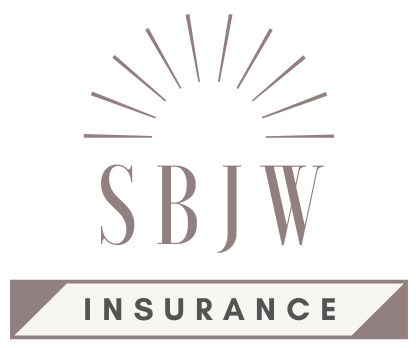Does Liability Insurance Cover My Car?

Auto insurance is designed to provide coverage for damage that caused to other vehicles and injuries caused to another person. An auto insurance policy may also pay for repairs to your own vehicle. Typically, if you have “liability insurance” only, it means that there is coverage for the other party but not for your own car.
When looking at your auto declarations page, it will state the liability limits. This is the part of the insurance policy that pays for medical bills that the other party incurs after an accident that is your fault. This part of the insurance policy also pays for repairs to the other person’s vehicle. For example, it might state that there is $250,000 bodily injury per person/$500,000 bodily injury per accident/$100,000 property damage. This means that the policy will pay up to $250,000 for medical bills the other party incurs (up to a maximum amount of $500,000 to be paid for each accident.) The property damage of $100,000 will be paid to repair the other person’s car, fence or house…whatever it was that you damaged with your own car.
An auto policy could also contain coverage for your own car. Typically, an auto declarations page lists coverage for your car less a deductible of $500. This means there is some coverage for repairs to your own car. You pay the first $500 towards the cost of repairs. The insurance carrier pays for the remainder of the repair bill.
Next time you look at your auto insurance declarations page, hopefully it makes a bit more sense!
